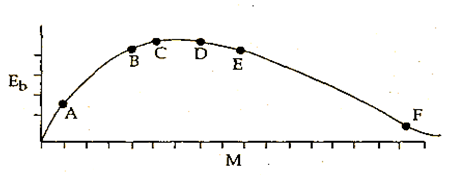Name the electromagnetic radiations used for (a) water purification, and (b) eye surgery
(a) Electromagnetic radiation used for water purification: U.V (Ultra Violet) rays.
(b) Electromagnetic radiation used for eye surgery: Infrared Radiation (Laser light).






